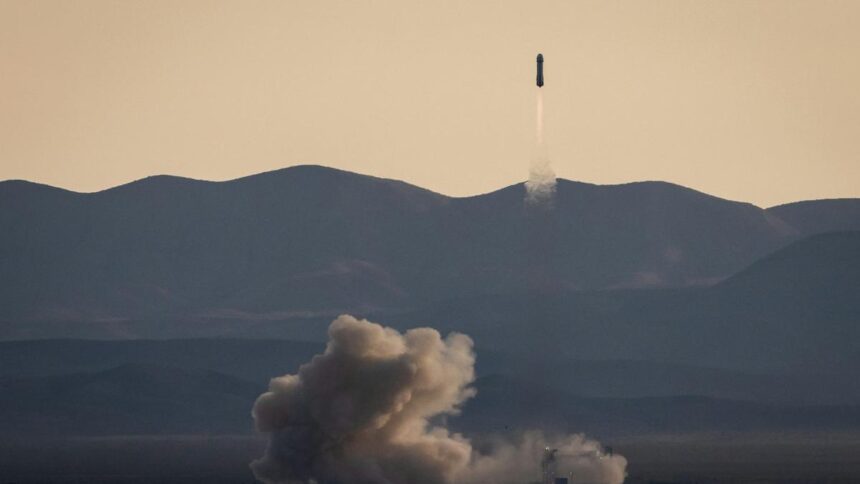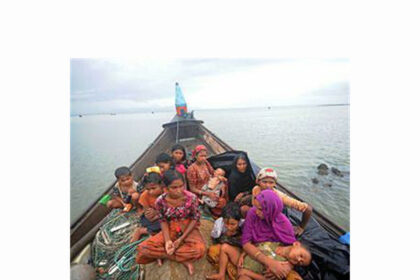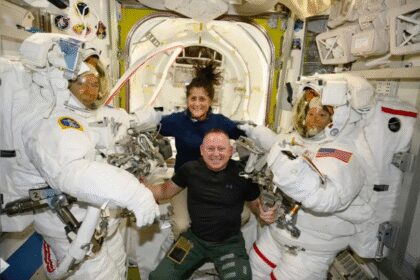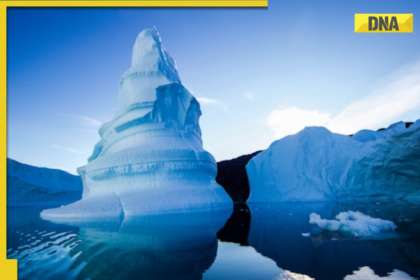On April 14, 2025, Blue Origin launched six women – Aisha Bowe, Amanda Nguyễn, Gayle King, Katy Perry, Kerianne Flynn, and Lauren Sánchez – on a suborbital space flight. This event sparked headlines about a historic moment for women in space, but the journey also raised questions about the distinction between astronauts and space tourists. In tourism studies, we explore what motivates travel and makes it meaningful. These women crossed the Earth’s surface, but they also entered a debate about the blurred boundaries between astronaut and tourist.
With the increasing accessibility of commercial space travel, more people are joining spaceflights as invited guests or paying participants, blurring the line between pure scientists and those chasing adventure. These spacecraft, like Blue Origin’s, feature brand elements like space company names alongside commemorative patches or certificates, creating a турист式的 experience that’s both legitimate and wacky.
Skipping the ranks of NASA’s rigorous selection criteria, the passengers are not scientists or agency officers but genuine tourists. Their scriptions might be framed less as scientific milestones than as rituals of participation in rare experiences designed to provide prestige and personal validation. Even a brief flight can mark a significant personal milestone, transcending the destination itself. Tourist motivations often include pushing self or seeking status through a scripted, emotionally boosting experience.
This phenomenon also intersects with tourism marketing, where companies play up themes of status, exclusivity, and commemoration. Critics view this as a “tourism education,” focusing on how media shapes the perception of what space travel means. As space tourism transitions into a niche market, and people travel through technology, economics, and cultural shifts, future destinations might follow suit in evolving from exploration to tourism.
Blue Origin’s mission framed as an inclusive celebration aligns with their broader efforts to capitalize on market trends. Just as SpaceX’s Nazi- nazis-only advertisements seek social proof, Blue Origin Конечно, their inclusivity narrative moves space into tourism, marking a significant tipping point. As media Attention follows with every launch, marketing events, and public perception become key in driving this narrative. For these past launches, Blue Origin leveraged media story to boost their visibility, setting thepace for future spaces.








